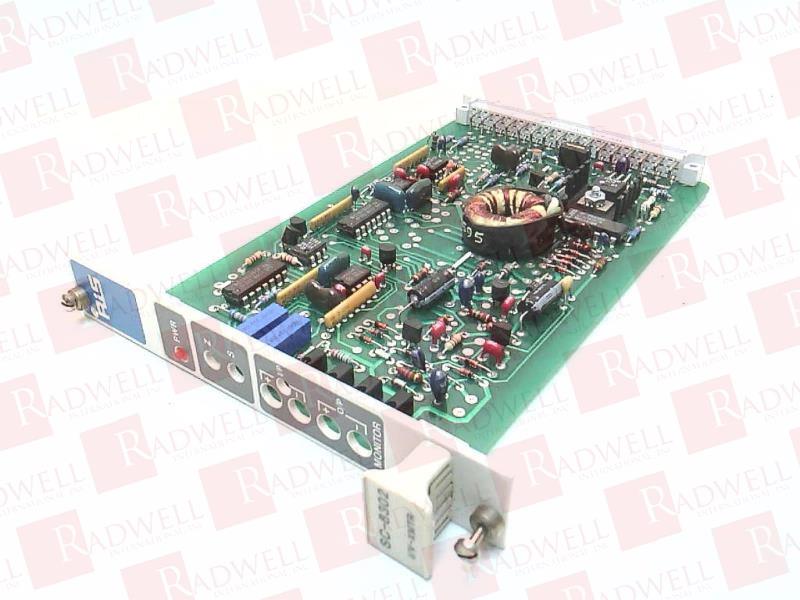
(*)The 1Ku list pricing shown is for BUDGETARY USE ONLY, shown in United States dollars (FOB USA per unit for the stated volume), and is subject to change. (**) Displayed Buy Now Price and Price Range is based on small quantity orders. See our Ordering FAQs for answers to questions about online orders, payment options and more. Isolated Auxiliary/Housekeeping Power Supplies.Isolated Automotive, Industrial, Medical Power Supplies.The high level of integration and the use of boundary and low ripple burst modes result in a simple to use, low component count, and high efficiency application solution for isolated power delivery. The LT8302/LT8302-3 operates from an input voltage range of 3V to 42V and delivers up to 18W of isolated output power. A 3.6A, 65V DMOS power switch is integrated along with all the high voltage circuitry and control logic into a thermally enhanced 8-lead SO package.

Low ripple Burst Mode operation maintains high efficiency at light load while minimizing the output voltage ripple. Boundary mode operation provides a small magnetic solution with excellent load regulation. The output voltage is programmed with two external resistors and a third optional temperature compensation resistor. By sampling the isolated output voltage directly from the primary-side flyback waveform, the part requires no third winding or opto-isolator for regulation. Results from mechanism of action studies revealed that these new quinolone derivatives function as antitubulin agents.The LT8302/LT8302-3 is a monolithic micropower isolated flyback converter. Compound 39 exhibited broad cytotoxicity against all seven cancer cell lines, with IC50 values between 0.07and 0.19 mu M. Compound 37 was cytotoxic against HL-60 (leukemia), HCT-116 (colon cancer), Hep 3B (hepatoma), and SK-MEL-5 (melanoma) cells. Compound I demonstrated selective cytotoxicity against Hep 3B (hepatoma) cells. Analogues 1, 37, and 39 showed potent cytotoxicity against different cancer cell lines.

The design combined structural features of 2-(2-fluorophenyl)-6,7-methylenedioxyquinolin-4-one (CHM-1), a previously discovered compound with potent in vivo antitumor activity, and 2-arylquinolin-4-ones, identified by CoMFA models, The newly synthesized analogues were evaluated for cytotoxicity against seven human cancer cell lines, and structure-activity relationship (SAR) correlations were established. As part of our continuing investigation of azo-flavonoid derivatives as potential anticancer drug candidates, a series of 2-aryl-6,7-methylenedioxyquinolin-4-one analogues was designed and synthesized.


 0 kommentar(er)
0 kommentar(er)
